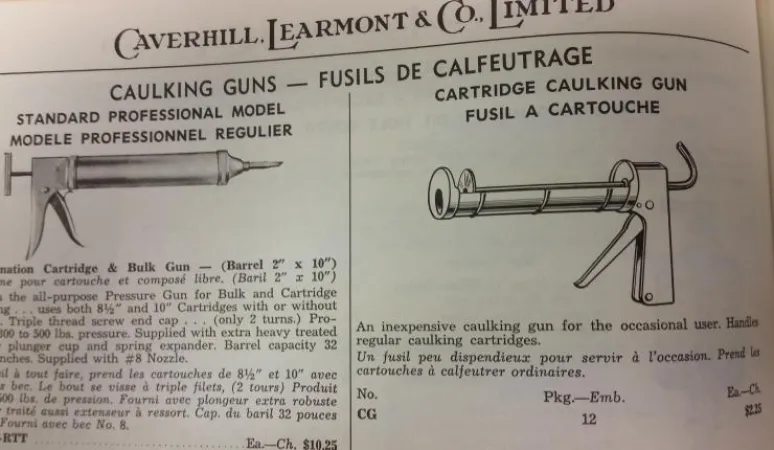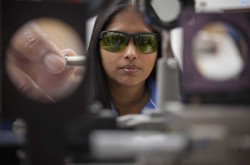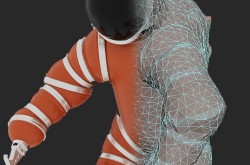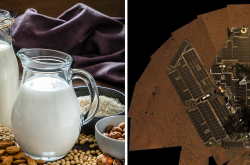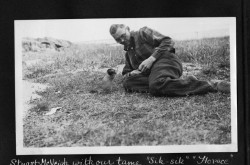The Caulking gun
This article was originally written and submitted as part of a Canada 150 Project, the Innovation Storybook, to crowdsource stories of Canadian innovation with partners across Canada. The content has since been migrated to Ingenium’s Channel, a digital hub featuring curated content related to science, technology and innovation.
Though you might not think about it too much, the caulking gun is an important part of your world.
Historically, caulk has been used for everything from making sure that the tiles in your bathroom don’t leak into your floorboards, to putting ships together. It’s hard to imagine a world where it wasn’t easily applied through the use of a caulking gun, but about 130 years ago it was much harder to apply.
In 1894, Canadian inventor Theodore Witte of Chilliwack, British Columbia filed a patent for what he at the time called a “Puttying-Tool”. The original Puttying-Tool was a nozzled cylinder in which an adhesive putty could be placed in and pushed out with a hand crank attached at the rear.
In his original patent, Witte described the purpose of his invention as, “to produce a simple and inexpensive tool in which a quantity of mixed putty, either hard or soft, may be carried and by which the putty may be suently and rapidly applied without the use of a knife and without the necessity of touching the putty with the fingers.”
Some say that Witte’s original inspiration was watching a baker decorate his cake with icing. Whether or not this is true, the fact remains that the caulking gun has become a mainstay of any construction project.



